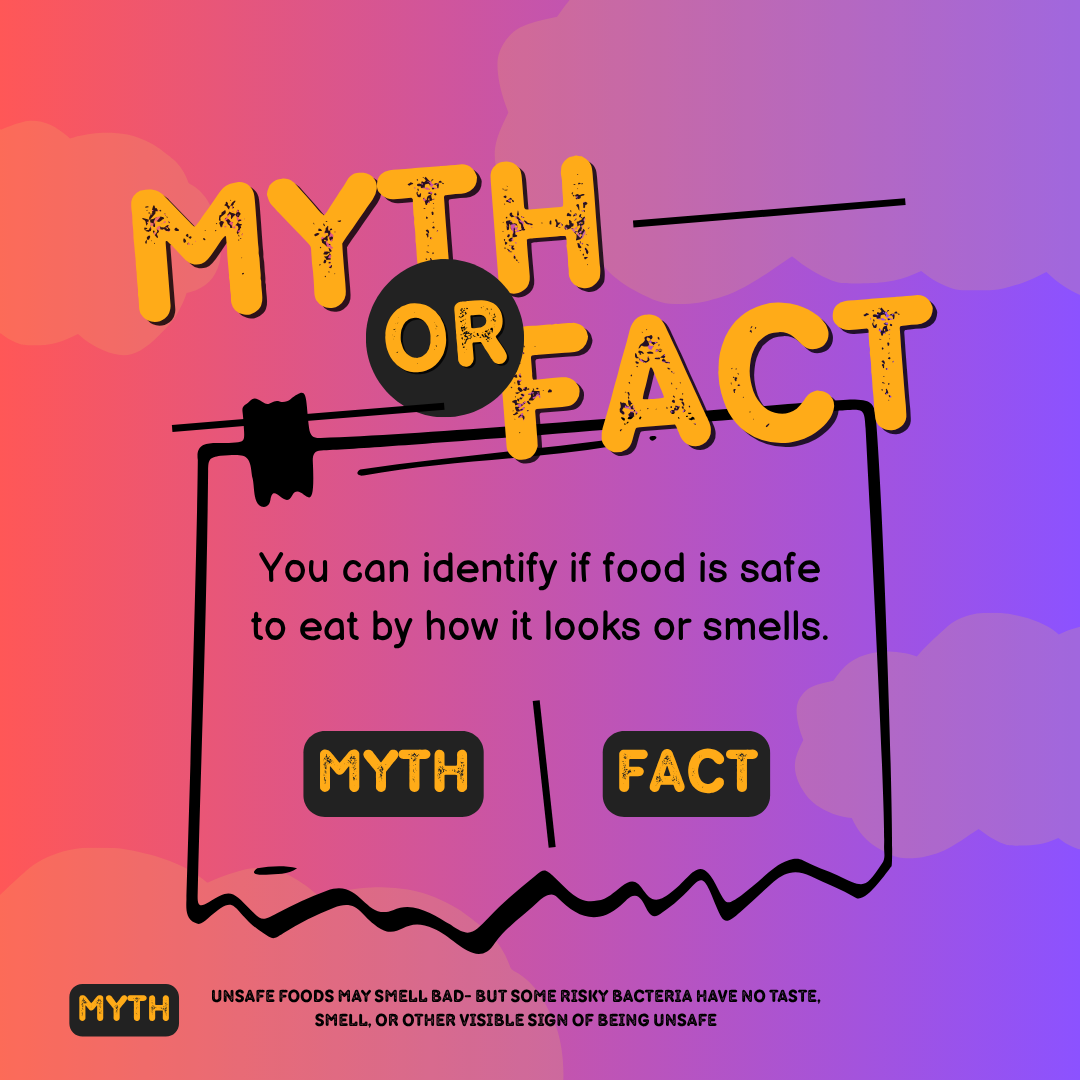37 Chapter 7: Safely Storing Food
Chapter 7: Safe Receiving and Storage of Food in Commercial Kitchens

Student Learning Outcomes
After completing this module, students will be able to:
Identify proper procedures for receiving food products and for storing both prepared and raw ingredients.
Outline correct cold and dry storage criteria to protect food.
List at least five guidelines for safely storing food in a commercial environment.
Understand the role of temperatures, handling, facilities/equipment, labeling, and logs in safe food storage.
Types of Food Storage
Once food is properly received, it is the food employee’s responsibility to store each food item in its designated location. After receiving, food items should be separated into dry storage, refrigerated storage, or frozen storage.
No matter where the food is stored, it is important for food handlers to know proper inventory rotation methods. Commercial foodservice operations use the first-in, first-out (FIFO) method to rotate refrigerated, and frozen food during storage.
To use the FIFO method:
1. Locate the food item’s expiration or use-by date.
2. Place food items with the earliest expiration or use-by dates in front of items with later dates.
3. Once placed in storage, use items in front first with the earliest expiration or use-by dates.
4. Discard any food that has expired or passed the manufacturer’s use-by date.
